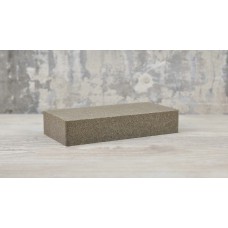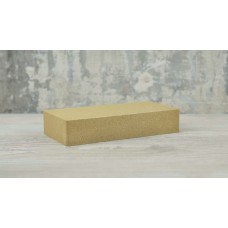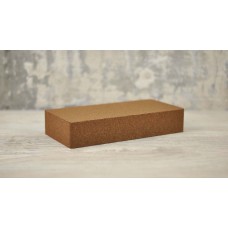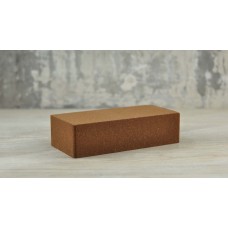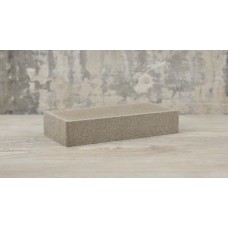Hyperpressed brick has a wide range of applications, but is more often used for cladding buildings and fences. The technology of brick production is the use of so-called "cold welding", ie pressing under high pressure (32 MPa). Due to the high pressure, the mixture of materials takes the form of bricks without voids and with high density, which is due to the fact that the particles of the mixture at the intermolecular level literally bond to each other, forming cohesion. The composition of the brick includes crushed limestone (within 85-92%) and cement (within 8-15%). To give a certain shade, a dye is added to the composition (within 2-6%). The final stage of the production process is to provide the finished product with the required strength for several days in a room with a certain temperature and high humidity.
Due to its dense and high-strength structure, hyper-pressed brick has the best technical characteristics that are close to natural stone:
- durability
- compressive strength: B250
- frost resistance: 75-100 cycles
- water absorption: not more than 8%
- coefficient of thermal conductivity 0.65 - 0.75 W / m * K
Full-bodied smooth brick is used both for outdoor use: finishing the facades of buildings, gazebos, fencing territories, etc., and for interior decoration of interiors, walls and fireplaces.
